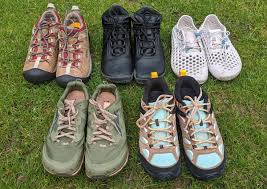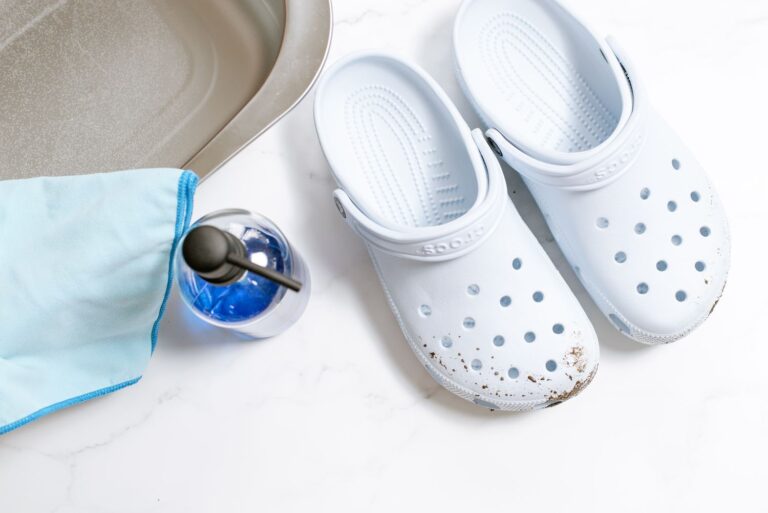Finding the perfect pair of wide shoes can be a game-changer for comfort and foot health. Whether you have naturally wide feet, bunions, or simply prefer a roomier fit, choosing the right shoes ensures comfort and support throughout the day. This guide will help you understand what to look for in wide shoes, how to find the best fit, and key tips for maintaining foot health.
1. Understanding Wide Shoes
Wide shoes are designed with extra room in the toe box and across the midfoot. They accommodate wider feet without causing discomfort or constriction. Unlike standard-width shoes, which can feel tight and restrictive, wide shoes allow natural toe splay and reduce pressure points.
How Are Wide Shoes Measured?
Shoe width is typically categorized using letters:
- N (Narrow)
- M (Medium/Standard)
- W (Wide)
- XW (Extra Wide)
- XXW (Double Extra Wide)
Different brands may have their own sizing, so checking specific measurements is essential.
2. Signs You Need Wide Shoes
If you experience any of the following issues, it may be time to switch to wide shoes:
- Pinching or tightness in the forefoot
- Red marks or blisters on the sides of your feet
- Numbness or tingling after prolonged wear
- Persistent foot pain or discomfort
- Difficulty finding shoes that fit comfortably without sizing up
3. Choosing the Right Wide Shoes
When shopping for wide shoes, consider the following factors to ensure a proper fit:
Toe Box Space
A spacious toe box prevents toes from overlapping or rubbing against the shoe, reducing the risk of blisters and bunions.
Arch Support
Good arch support maintains foot alignment and prevents discomfort, especially for individuals with flat feet or high arches.
Material Flexibility
Soft, flexible materials like leather or mesh adapt to the shape of your feet, providing extra comfort and breathability.
Sole Cushioning
Look for shoes with padded insoles and shock-absorbing soles to reduce foot fatigue and provide all-day comfort.
Closure System
Laces, Velcro straps, or adjustable buckles help secure the shoe properly and prevent slippage.
4. Best Types of Wide Shoes for Different Activities
Wide shoes come in various styles, each suited for different activities:
- Casual Sneakers: Ideal for daily wear, with cushioned support and breathable materials.
- Running Shoes: Designed with extra stability and arch support to accommodate wider feet during exercise.
- Dress Shoes: Wide-fit options in leather or suede for formal occasions without sacrificing comfort.
- Sandals: Adjustable straps and roomy footbeds ensure a comfortable fit for warm weather.
- Boots: Wide-width boots provide extra space for socks and foot movement in colder conditions.
5. How to Properly Fit Wide Shoes
Follow these steps to ensure the best fit:
- Measure your feet at the end of the day when they are at their largest.
- Try shoes with the socks you intend to wear with them.
- Walk around in the shoes to check for comfort and pressure points.
- Ensure there is about a thumb’s width of space between your toes and the shoe’s end.
- Avoid sizing up as a substitute for width, as this can lead to improper support and discomfort.
6. Caring for Wide Shoes
To extend the lifespan of your wide shoes:
- Rotate between multiple pairs to prevent wear and tear.
- Use shoe trees to maintain shape.
- Clean regularly according to material type (leather conditioner, fabric cleaner, etc.).
- Store in a cool, dry place to avoid material breakdown.
Final Thoughts
Finding the right wide shoes can significantly enhance your daily comfort and foot health. By understanding proper fit, choosing high-quality materials, and maintaining good shoe care habits, you can ensure lasting comfort and support for your feet. Whether for work, exercise, or casual wear, the right wide shoes will keep you moving comfortably all day long.




Leave a Comment